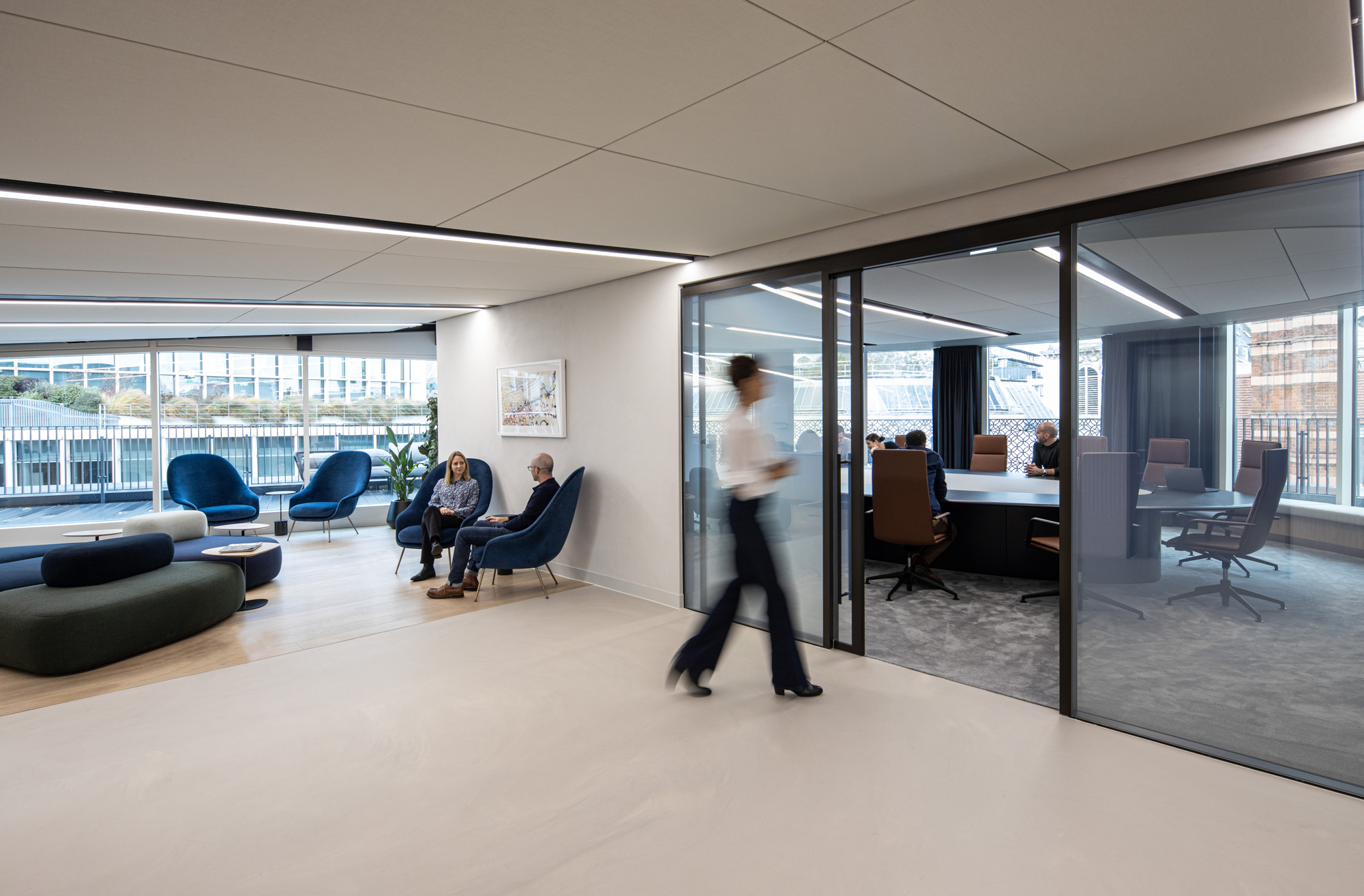There’s no doubt 2022’s prospective employee is increasingly concerned about how seriously businesses are getting involved in the collective effort to reduce the global carbon footprint. Alongside a whole rafter of other evolving social attitudes, it represents a definitive shift in workforce priorities. This is affecting the recruiting landscape and encouraging employers to reappraise the way they attract talent.
Last year’s ‘Great Resignation’ showed companies across the country they could take nothing for granted and would have to respond to the changing preferences. Now, business owners, as well as HR professionals, must find ways to appeal to today’s existing and future workforce.
A large part of this includes weaving sustainability into every level of the business, including the workspace, redesigning and retrofitting the office to meet the green expectations of the 21st-century worker.
More than a climate issue
When renovating an office, and ensuring it’s relevant for today’s working world, we need to take a far more circular approach to design, especially the ‘reuse’ of existing stock. Often during a refurbishment, usually prompted by an incoming occupant, good-condition building materials and furnishings find their way to landfill or recycling plant.
It’s true, requirements vary from one business to another, and it’s perfectly understandable to re-arrange a space to client preferences. However, our knowledge and understanding of sustainable design have evolved significantly over the last decade and these should be encouraged in any commercial fit-out.
The rise of Circular Systems
As alluded to above, adopting a circular systems-based approach to design can enhance a sustainably designed office space.
Following the now universally appreciated mantra of the ‘Circular Rs’, businesses can work alongside specialist green fit-out professionals, to create a sustainable space that will outlast the incumbent occupier. This means one which is delivering the full value of the component selected and installed.
Opportunities exist to reduce cost by designing spaces incorporating elements of automation and capitalising on natural ventilation and sunlight. Equally, premium products and materials will have longer lifespans, meaning they can be reused multiple times before even considering recycling. This maintains the desired degree of style, whilst delivering the substance of a robust, high-performance interior which will reduce the need to refurbish the office as frequently.
All these and more can provide that all-important proof point to a prospective applicant looking at your business’s sustainability claims and credentials.
Designing for wellbeing
Beyond reducing environmental impact, there are countless other benefits to consider when designing a sustainable office space, the most significant is employee wellbeing or, in other words, workforce sustainability.
If there’s one lesson to be learned from the past two years, it’s that people are a finite and precious resource that should never be abused nor depleted. A sustainable workforce goes beyond hiring people with the right skills, it’s about nurturing long-term growth and engagement.
Therefore, a well-thought-out office space is adapted to its team’s evolving needs and provides a good balance of areas destined for various types of work, from collaboration to high-focused tasks.
Virtual meetings aren’t going anywhere in the near future, so it is essential to allow employees to conduct calls in private spaces, free of surrounding noises and disturbances. Using high-performance glass partitions can deliver the privacy required, whilst still ensuring an open, light and airy atmosphere.
The organic office
We’re also seeing more and more biophilic elements incorporated into spaces, which utilise natural materials and experiences to maintain a connection to nature within the work environment. Biophilic design has been found to support cognitive function and physical and mental health, ultimately beneficial to staff wellbeing, creativity, and productivity.
There are many ways to apply biophilic principles to an office space in a cost-efficient way. An example of this would be to maximise natural light and temperature fluctuations by designing an open-plan space according to the windows. Incorporating easy to care for plants and natural materials in furniture and panelling has also proven to boost productivity and wellbeing.
Often forgotten, unseen factors such as effective acoustics, air quality and HVAC systems and hygienic surfaces are all essential design elements to consider in a sustainable workspace, as they have been proven to directly impact comfort and mental and bodily health.
The empathetic employer
Of course, some of these examples may seem trivial, but as the average office worker spends most of their waking hours in the office over the course of their career, creating a space with sustainability and wellbeing in mind is paramount.
It’s no longer acceptable to regard the workplace in terms of a homogenous, faceless collection of workers. A consciousness of employees as individuals must be at the heart of the decision.
We need to design working environments that are tailored to their needs, but also appropriate for the operation of our businesses and conscious of our carbon footprint. This will ultimately help businesses attract the talent they want and need, as well as meet the evolving, eco-aware hopes and expectations of both current and future staff.









